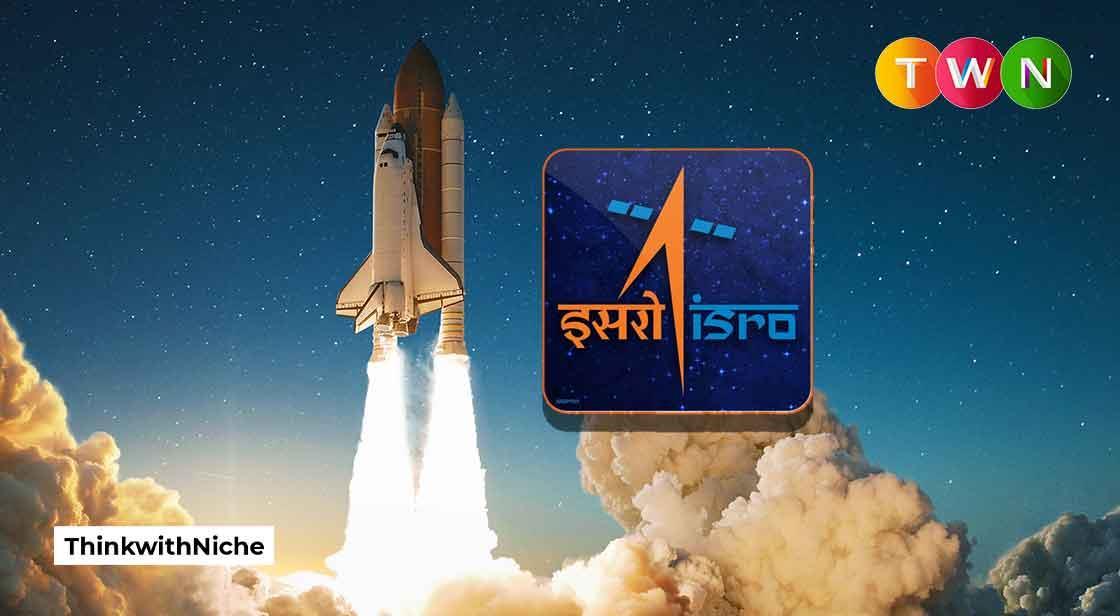ISRO's PSLV-XL Proba-3 Mission: Launch Date, Time, and Key Details

News Synopsis
The Indian Space Research Organisation (ISRO) is gearing up for the launch of the Proba-3 mission, scheduled to lift off aboard the Polar Satellite Launch Vehicle (PSLV). This mission marks a significant milestone in space exploration, offering the scientific community an unprecedented opportunity to study the Sun’s outer atmosphere, known as the corona. The mission is expected to provide crucial insights into space weather and solar dynamics, which have direct implications for Earth.
Mission Overview and Objectives
Proba-3 features twin spacecraft that were delivered to India earlier this month. These spacecraft have now been integrated and prepared for launch at the Satish Dhawan Space Centre in Sriharikota. Once in orbit, the two spacecraft will be separated by approximately 150 meters, creating an artificial eclipse, which will enable detailed observations of the Sun’s corona. This collaboration between ISRO and the European Space Agency (ESA) represents a growing international partnership in space research.
The primary objective of the Proba-3 mission is to enhance scientific understanding of the Sun’s corona. The corona is a million times fainter than the Sun but spans a much larger area, and it is the origin of the solar wind and space weather. By studying the corona, scientists hope to uncover important information about solar dynamics and its effects on Earth, particularly regarding space weather, which can affect satellite communications and power grids on Earth.
When Is the Proba-3 Mission Launch Scheduled?
The Proba-3 mission is set to lift off on December 3 at 4:08 pm IST. The launch will take place aboard the PSLV-XL, a variant of the Polar Satellite Launch Vehicle known for its reliability and versatility. This date marks a significant step forward in ISRO’s collaboration with ESA, underscoring the growing international cooperation in space missions.
Details on the PSLV-XL Configuration
To facilitate the launch of Proba-3, ISRO will utilize the PSLV-XL configuration, a specialized version of the PSLV rocket that is equipped with extended strap-on boosters for enhanced payload capacity. The PSLV-XL stands at 44.4 meters tall and has a liftoff weight of approximately 320 tons. Its extended strap-on boosters provide additional thrust, which enables the rocket to carry heavier payloads into sun-synchronous orbits, with a payload capacity of up to 1,800 kg.
Since its debut in 1994, the PSLV has become ISRO’s workhorse, having delivered numerous satellites into various orbits, including missions to the Moon and Mars. The PSLV’s reliability and flexibility have made it a preferred choice for both domestic and international satellite launches. The Proba-3 mission further showcases the PSLV’s capabilities in advancing space exploration.
ISRO’s Growing Role in Space Exploration
The launch of the Proba-3 mission marks another milestone in ISRO’s continued efforts to push the boundaries of space exploration. As the agency continues to collaborate with international space organizations like ESA, it solidifies its position as a key player in global space research and technological advancements. The Proba-3 mission, in particular, highlights ISRO’s commitment to contributing valuable scientific data on solar activity, helping to improve our understanding of space weather and its potential impact on Earth’s infrastructure.
Through missions like Proba-3, ISRO continues to evolve its capabilities in space technology and scientific exploration, ensuring that India remains at the forefront of the global space race. The successful execution of this mission will further enhance ISRO’s reputation for delivering advanced, high-quality missions that serve both scientific communities and the global space exploration ecosystem.
Conclusion
In conclusion, ISRO’s Proba-3 mission promises to provide groundbreaking insights into the Sun’s corona and its effects on space weather. The mission’s use of the PSLV-XL rocket and its collaboration with ESA highlight the growing role of international partnerships in space research. With a launch date set for December 3, 2024, ISRO is poised to continue its contributions to global scientific understanding and technological progress in space exploration.
You May Like









